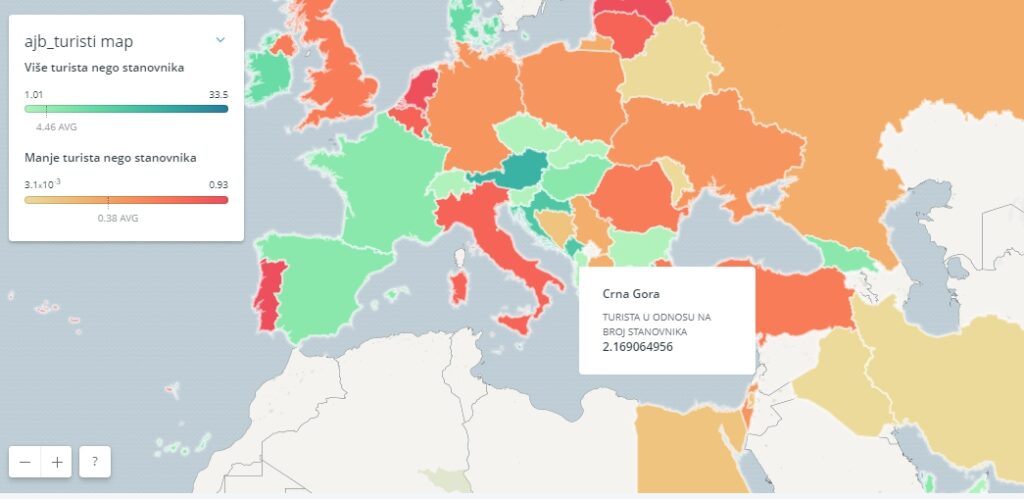


He claimed that he had realized that Bosnia and Herzegovina was about to be recognized by the international community, and since Yugoslav People's Army troops were still located there at that point, their presence on Bosnian territory could have led to the Federal Republic of Yugoslavia being accused of aggression. In a BBC documentary, called The Death of Yugoslavia, and later in his testimony before the International Criminal Tribunal for the former Yugoslavia during the trial of Slobodan MiloÅ¡eviÄ, Yugoslav official Borisav JoviÄ revealed that the Bosnian Serb army arose from the Yugoslav army forces in Bosnia and Herzegovina. Thus from 1996 to 2006 Montenegro and Serbia were only nominally part of the same country as governance at every feasible level was conducted locally, in Belgrade for Serbia and in Podgorica for Montenegro. As BulatoviÄ was given central positions in Belgrade from that time (as federal Prime Minister), ÄukanoviÄ continued to govern Montenegro and further isolated it from Serbia. That culminated in regime change in 1996, when his former ally Milo ÄukanoviÄ reversed his policies, became leader of Montenegro's ruling party and subsequently dismissed former Montenegrin leader Momir BulatoviÄ, who remained loyal to the MiloÅ¡eviÄ government. However, the Montenegrin government, initially enthusiastic supporters of MiloÅ¡eviÄ, started gradually distancing themselves from his policies. MiloÅ¡eviÄ installed and forced the removal of several federal presidents (such as Dobrica ÄosiÄ) and prime ministers (such as Milan PaniÄ). The FRY was initially dominated by Slobodan MiloÅ¡eviÄ as President of Serbia (1989â∱997) and then President of Yugoslavia (1997â∲000).


 0 kommentar(er)
0 kommentar(er)
